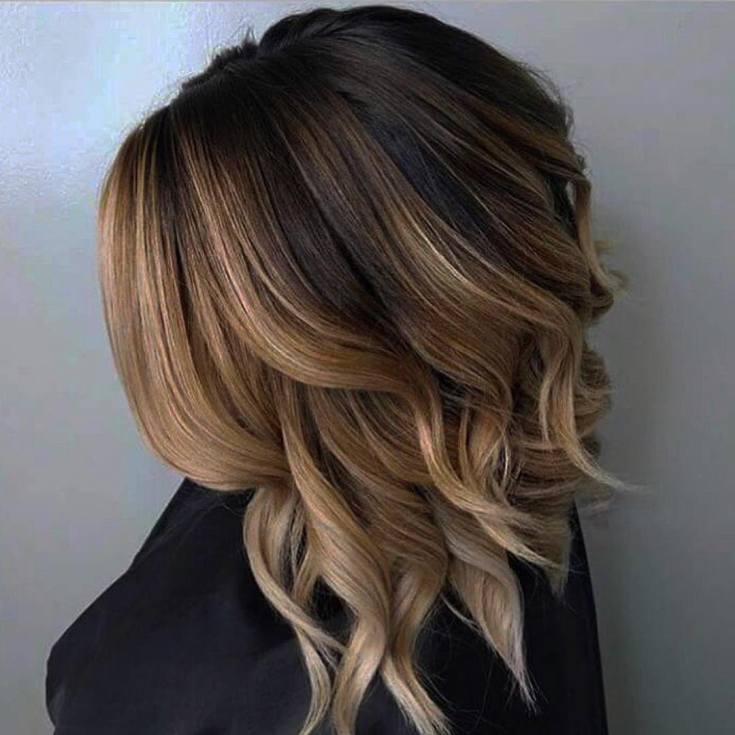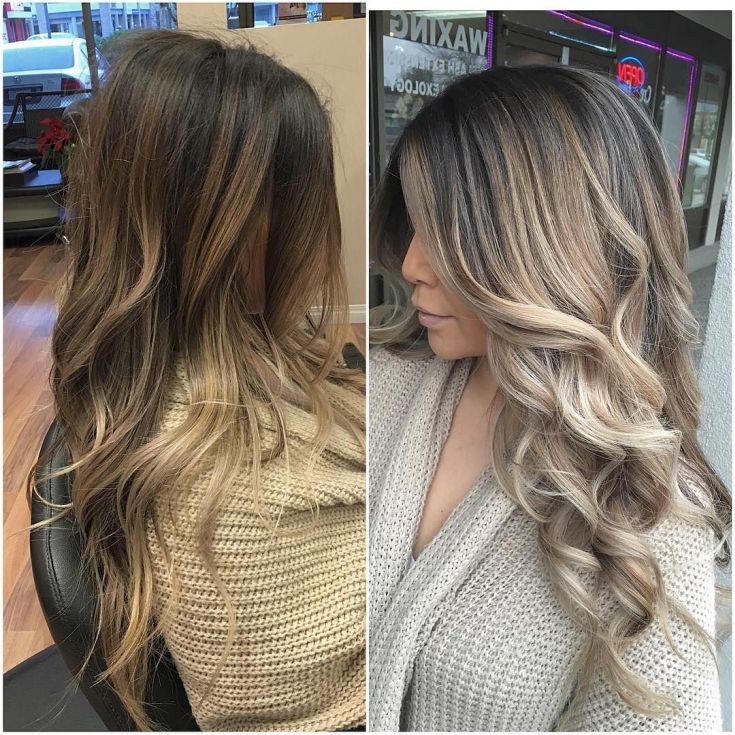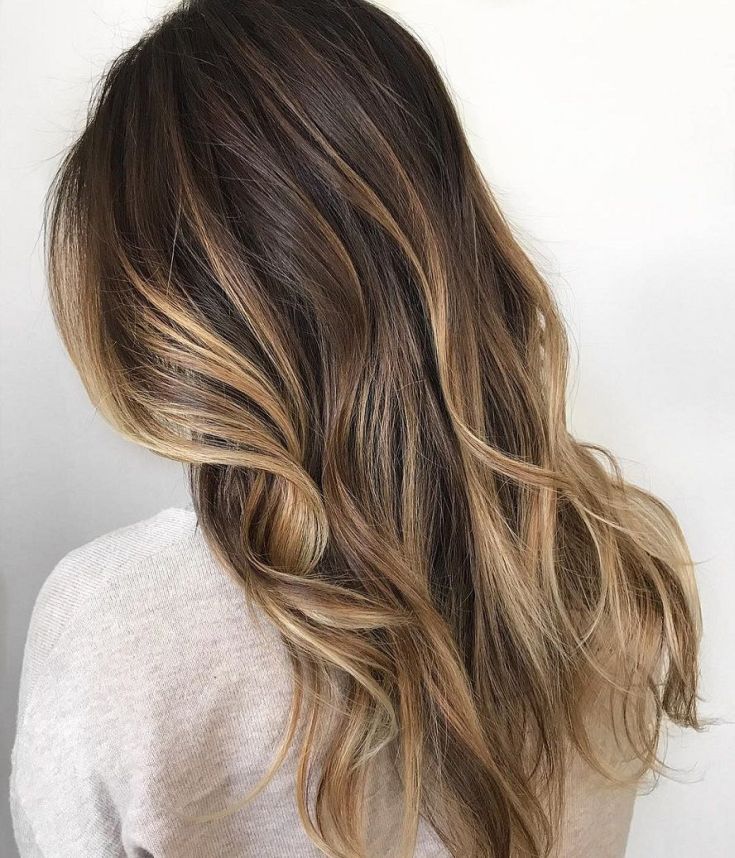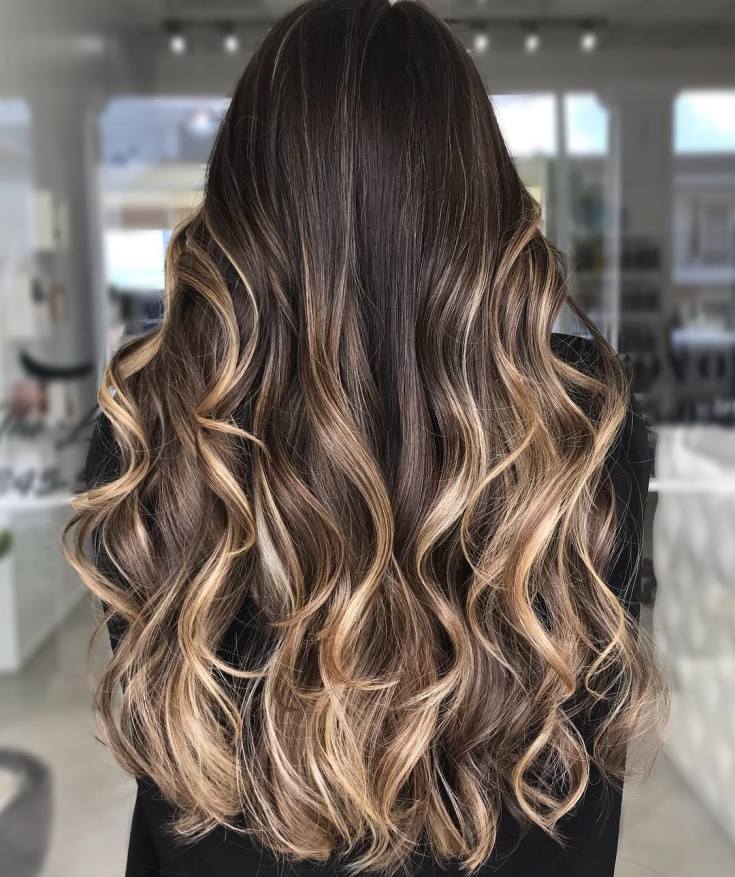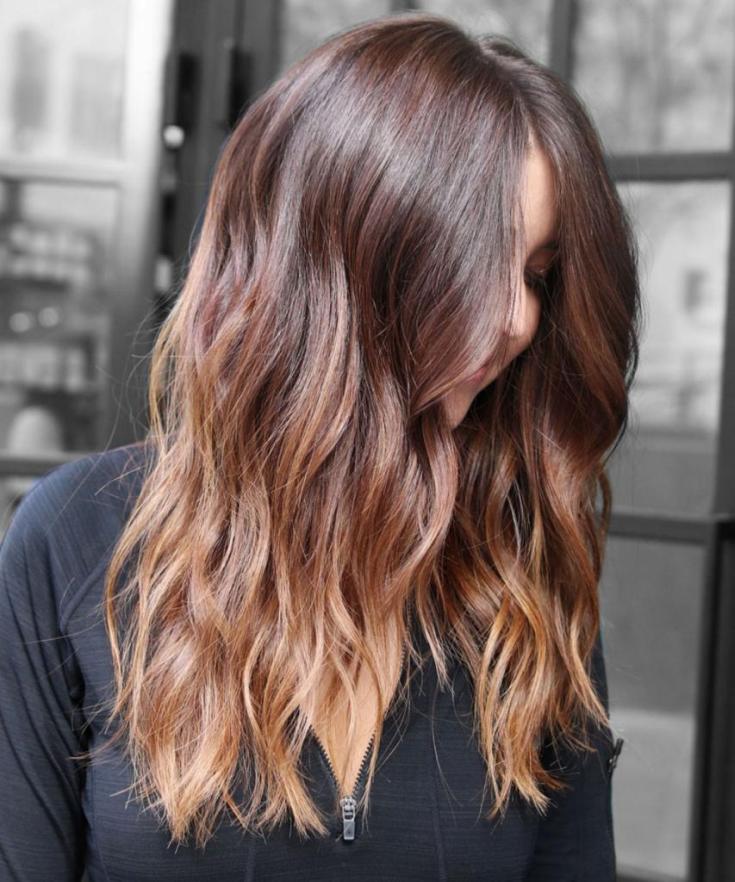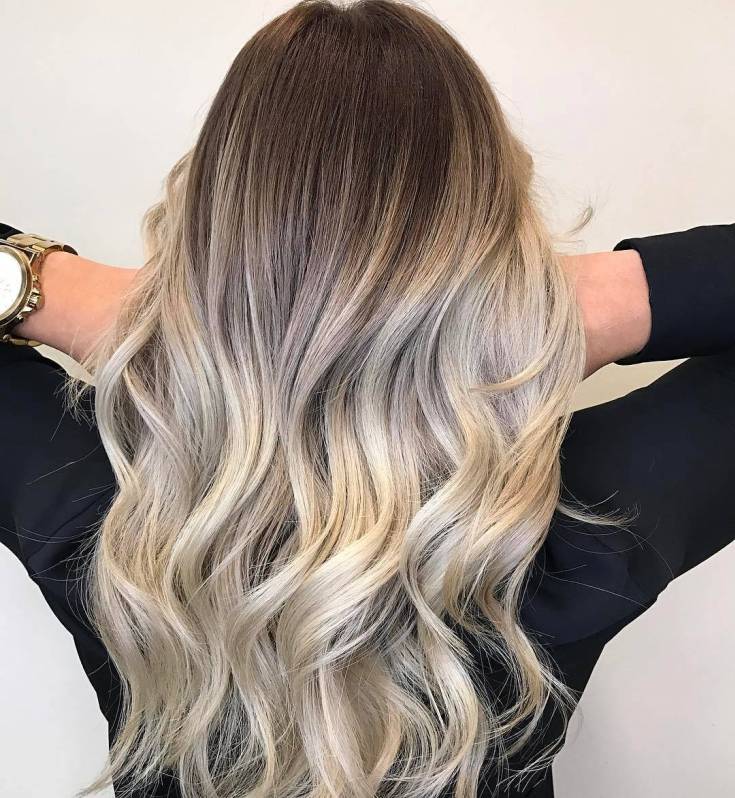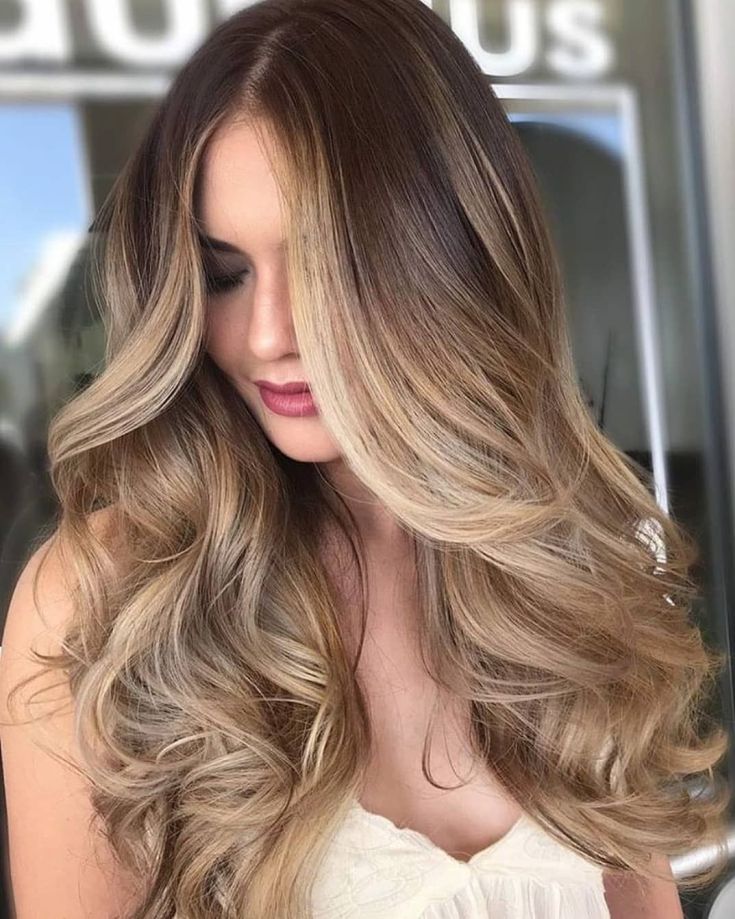- What it is?
- Shatush
- The advantages of the shatush technique.
- Performing clarification using the shatush technique.
- Balayazh
- The advantages of this staining method.
- Performing toning.
- The main advantages of coloring shatush
- The main advantages of balayage
- What is the difference between shatush and balayazh: 5 main points
- Which technique is better to choose
- Really, the shatush will not interest the girls?
- How are they different from other methods?
- What is the best choice?
- Stylists' reviews of techniques
- Who is shatush suitable for?
- Scheme of execution
- Who is balayazh suitable for?
- Execution technique
- Paint colors used for shatusha on different types of hair
- Advantages and disadvantages
- Video: What is the difference between Shatush, Balayazh, etc.
- Conclusion
In our time, the appearance of a girl is almost one of the most important indicators of her status in society. A successful girl should monitor her appearance and be able to properly present herself in society. After all, it is not for nothing that they say "they are greeted by their clothes." This is especially true for hairstyles. There should be a well-groomed and carefully chosen image.
There are many different variations of haircuts and coloring techniques. For example, such as shatush and balayazh. Now they are very common and every self-respecting master has already mastered them in superiority.
Despite their visual similarity, these techniques are completely different. Their most important difference is that only some strands are lightened when shatush. Balayazh assumes continuous clarification, and the dye is applied with horizontal strokes.
When using the shatush technique, two shades close to each other are used, due to which the effect of burnt hair is created.





What it is?
At first glance, without delving into the essence of these two staining methods, it may seem that they are almost the same. But in order to still understand their features, each of them should be considered in more detail.

Shatush
This method of hair dyeing is based on French highlighting. The task of the master is to create a visual effect of naturally burnt strands. Therefore, the color smoothly transitions from dark to light. The front hairs that frame the face are lightened more intensely.
During the procedure, at least 3-4 shades of the coloring composition are applied. The hair divided into strands is dyed selectively. At the same time, the master does not use foil, so the applied coloring composition can easily come into contact with neighboring curls. It is due to this technique that it creates the most smooth and natural overflow between shades.
Shatush can be performed with or without fleece. The first option is the most common. Before applying dye to the hair, the master combs individual curls, then covers them with a dye composition.



The second method is without fleece, it is much more difficult to implement. At home, without proper skill, this is simply impossible. And not every master in the salon will be able to make high-quality shatush without combing strands. Keep this in mind when choosing a painting method.
Shatush looks best on dark or dark blond hair from shoulder length and below.
On a short haircut, the effect of overflowing shades will be almost invisible, or the master simply will not be able to make smooth transitions due to the limited length of the hair. And for a light hairstyle it is very difficult to choose 3-4 shades that will be noticeable, that is, lighter than the main ones. Alternatively, the master may suggest that you darken the hair in the root zone.

The advantages of the shatush technique.
- Due to the fact that at the very roots the hair is not dyed at all, and the color transition usually begins 2-3 centimeters below the base, the hairstyle does not need frequent tinting.
- Shatush looks very natural when masking gray hair and individual graying.
- Dyeing with this method visually gives pomp and volume to loose hair, even quite thin and not thick.
- Lightening with the shatush technique can be applied on all dark and light brown hair shades. Coloring of sand and gold is also possible.
- The method can be used on straight hair, as well as on wavy, curly and curly hair.
- There is no need for coloring.


Celebrities periodically used this method of lightening Jennifer Lopez, Cameron Diaz, Elizabeth Hurley, Jennifer Aniston.
Performing clarification using the shatush technique.
- With the help of a comb, a neat strand of 1.5-2 cm wide is separated. The rest of the hair, so as not to interfere, is pinned with clips.
- Comb the separated strand well with a comb with fine, frequent teeth. In the same way, comb all the hairs, first separating them.
- The dye composition is applied to the uppermost layer of the hair, but not from the roots, but slightly below.
- Without using foil or other devices, wait for the right time with exposed hair.
- After the expiration of the time period specified by the manufacturer of the paint effect, wash it off.





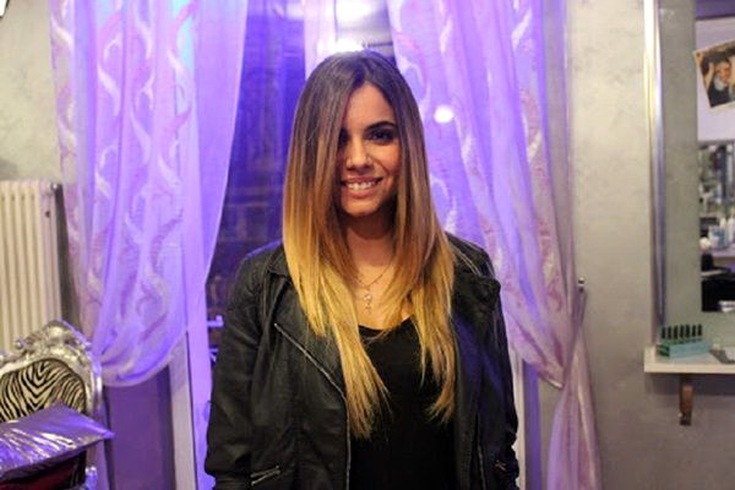
Balayazh
The word that became the name of this staining technique is translated from French as the verb "revenge". This term can denote the basic technique of the wizard when applying paint. A brush with a composition, as it were, sweeps the hair, leaving a specific mark on it. Thanks to this technique, color transitions become as smooth as possible, barely noticeable.
As with the above clarification method, no foil or film is used during operation. The paint works outdoors. However, this technique is applied not only to light shades. Any color can be used for painting, including bright and unnatural ones.
Hair is processed from about the middle of the length, sometimes from the lower third. The master applies 2-3 shades. Balayazh looks best when playing with natural shades of hair. Therefore, this method is more often used on dark and light brown hair. However, there are no direct restrictions on hair color for using the balayage method.
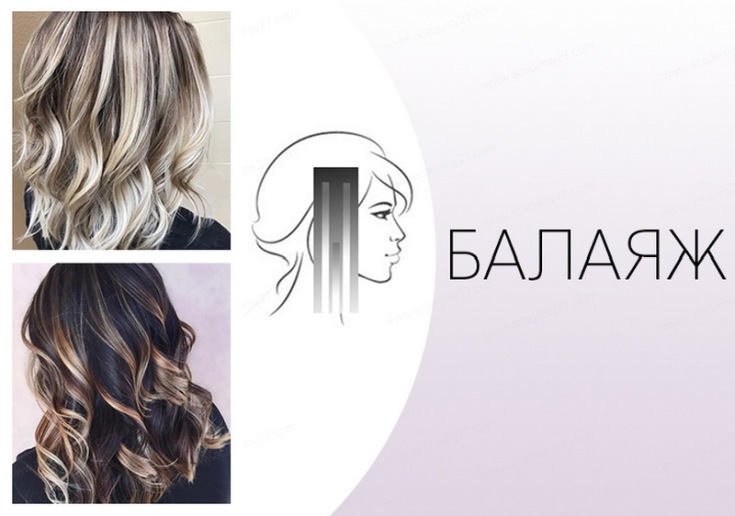

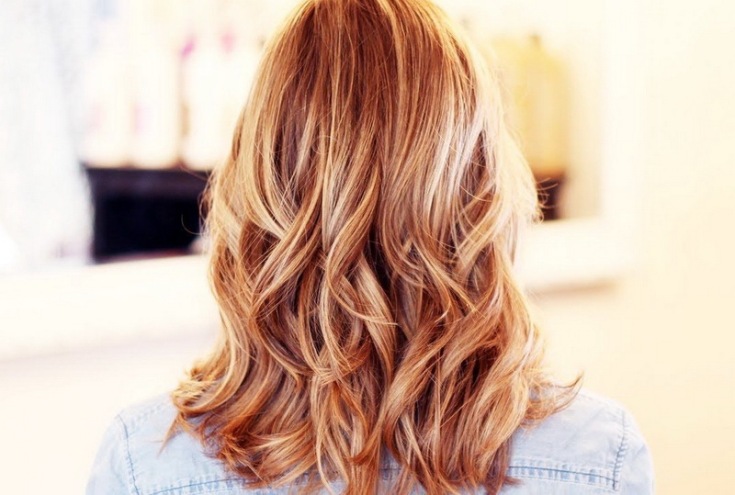
This technique can be used to color hair of any hardness, thickness and density. The optimal length is below the shoulders.
Exists several subspecies of balayazhwhich give slightly different visual results.
- Coloring only the very tips. Thus, the effect of even asymmetry is created.
- Dyeing most of the hair. The front curls are completely tinted, the rest are only selectively. In this case, the shades are close to the base hair color.
- Medium toning. Strands are dyed selectively over the entire head.
- The master can apply paint in a T-shape or W-shape.
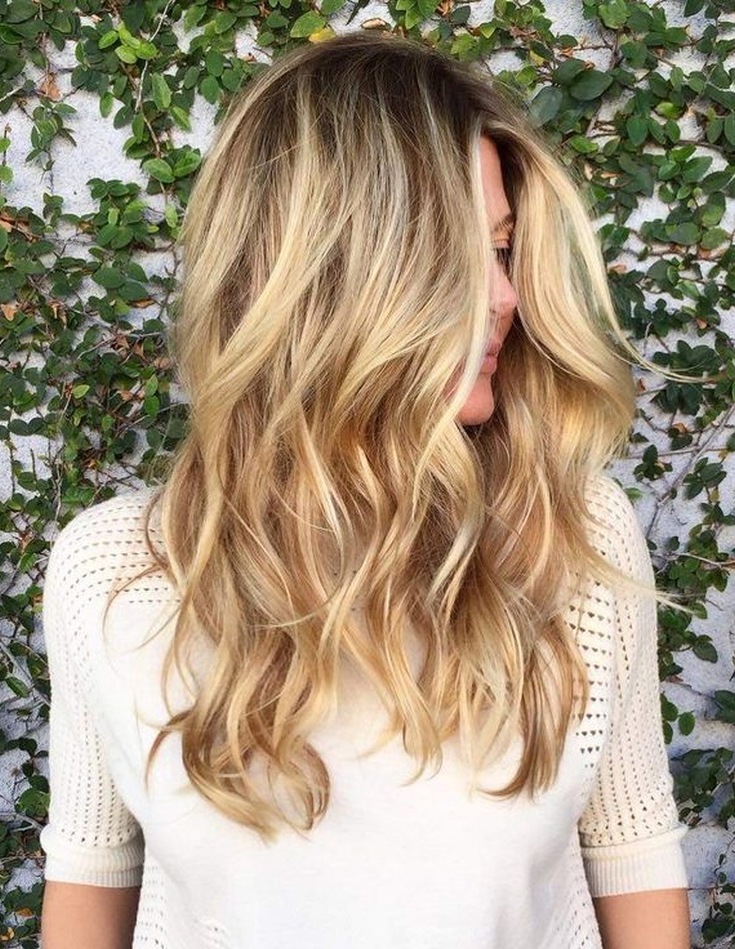
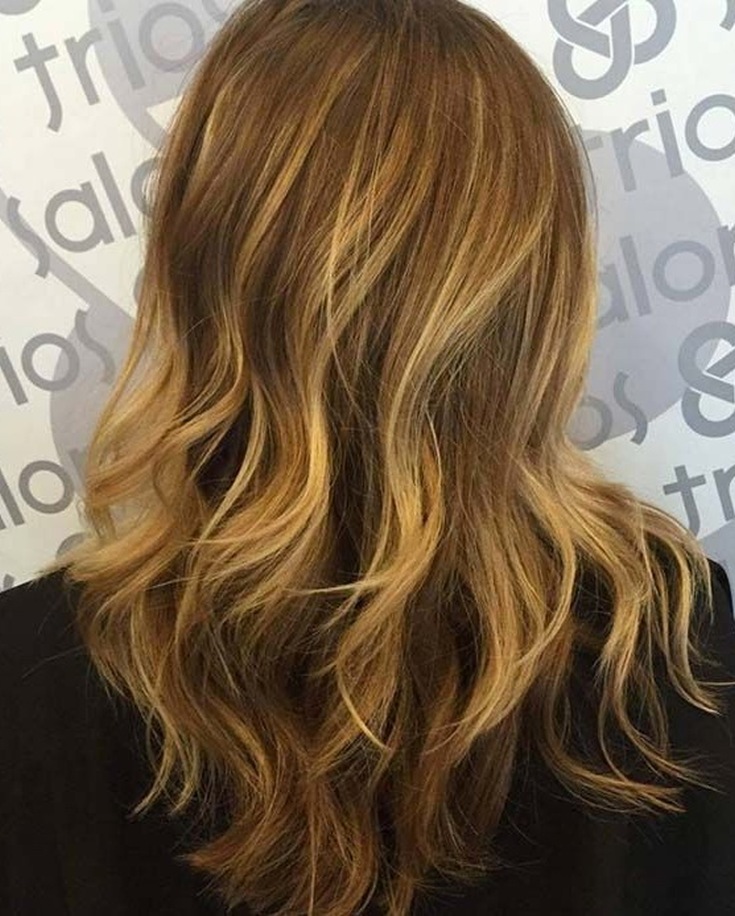
The advantages of this staining method.
- Does not require a radical change in hair color. Well imitates the play of natural shades.
- Colored hair does not require color correction.
- The tinting method can be used on hair of any shade, from dark to lightest.
- This method can be used to color hair of any type and structure.
- Suitable for hiding gray hair, while it does not require a radical change of image.
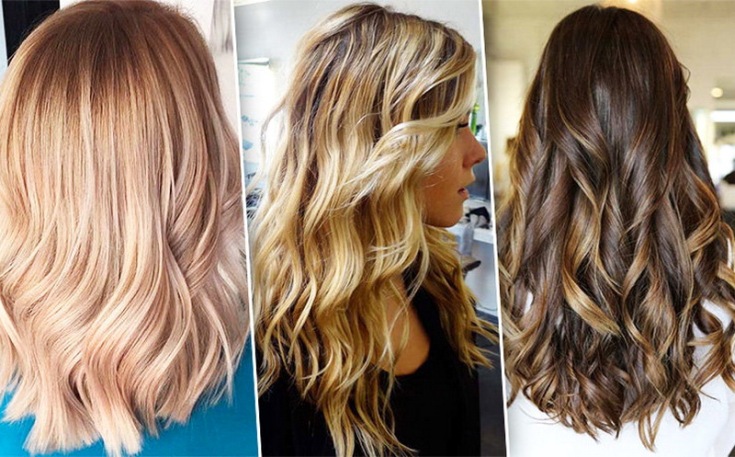
Among the disadvantages of balayazh technique, one can single out its relative high cost. The application of the coloring composition is quite laborious and requires skill. You should seriously approach the choice of a specialist to whom you want to entrust the staining.
Famous women who have repeatedly shown themselves in front of cameras with this balayage technique on their hair are Jessica Alba, Sarah Jessica Parker, Jennifer Lawrence, singer Rihanna, Gisele Bundchen.
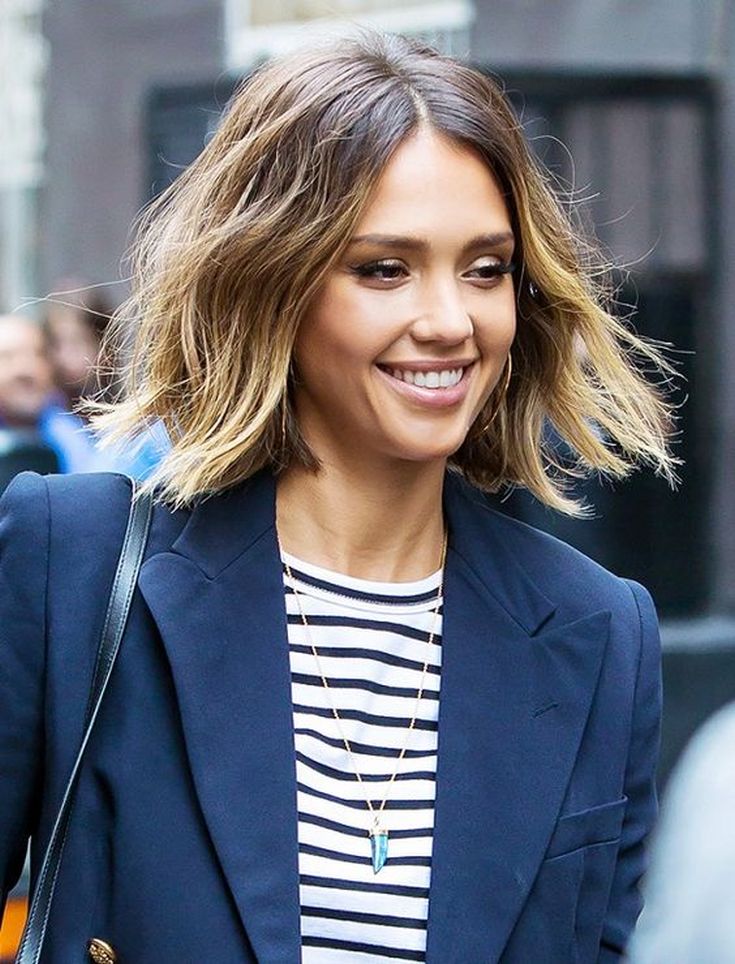
Performing toning.
- A narrow strand of hair is detached. The brush makes light sweeping strokes on the curls.
- The strand remains open. After that, the next curl is processed.
- After applying paint on the required number of curls, the composition lasts for the required period of time.
- The paint is washed off.
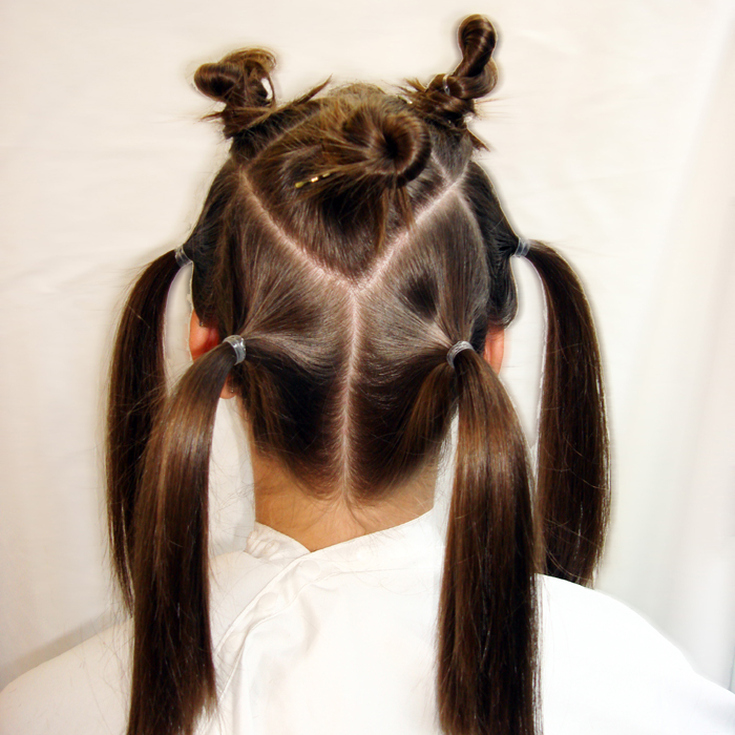
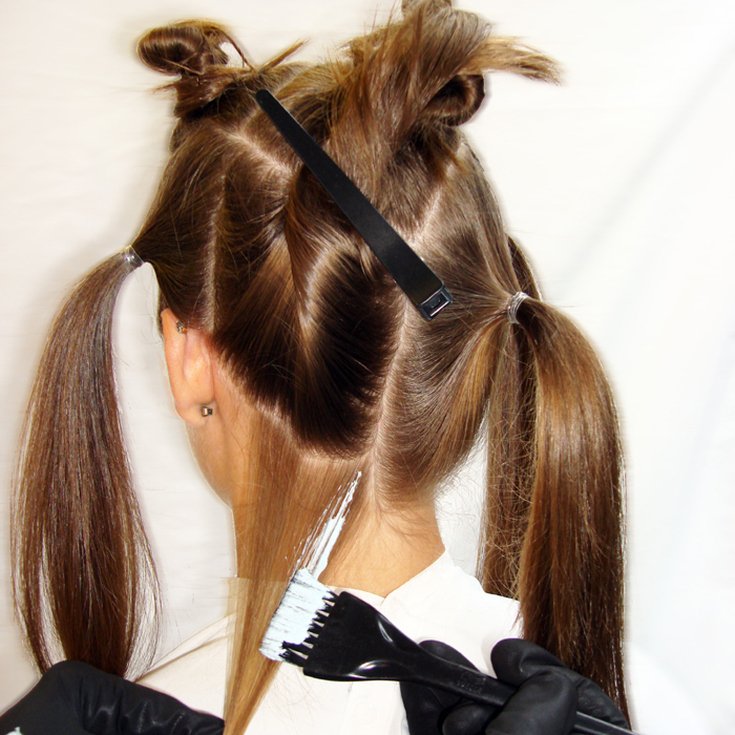
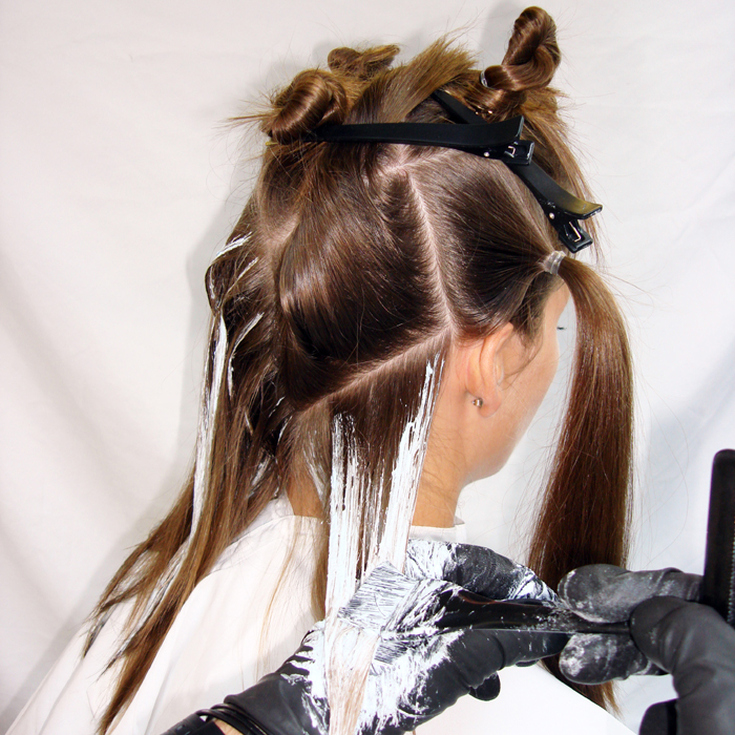
The main advantages of coloring shatush
- An excellent solution for those who want to refresh their look without drastic changes.
- A relatively gentle way to lighten hair a little.
- Doesn't require frequent updates.
- Through the use of several shades, it gives the hair volume.
What is the difference between balayazh technique and shatush technique? Balayage also involves staining with chaotic strokes and the rejection of foil. Indeed, the result also resembles the effect of burnt hair. However, paint is not only applied to the ends. But also on thin strands of the face. Thanks to this, balayazh perfectly masks the first gray hair. Unlike shatush, bouffant is usually not done.
The main advantages of balayage
- Can be updated every 3-4 months.
- Disguises gray hair.
- It looks natural.
- Rejuvenating effect due to light strands on the face.
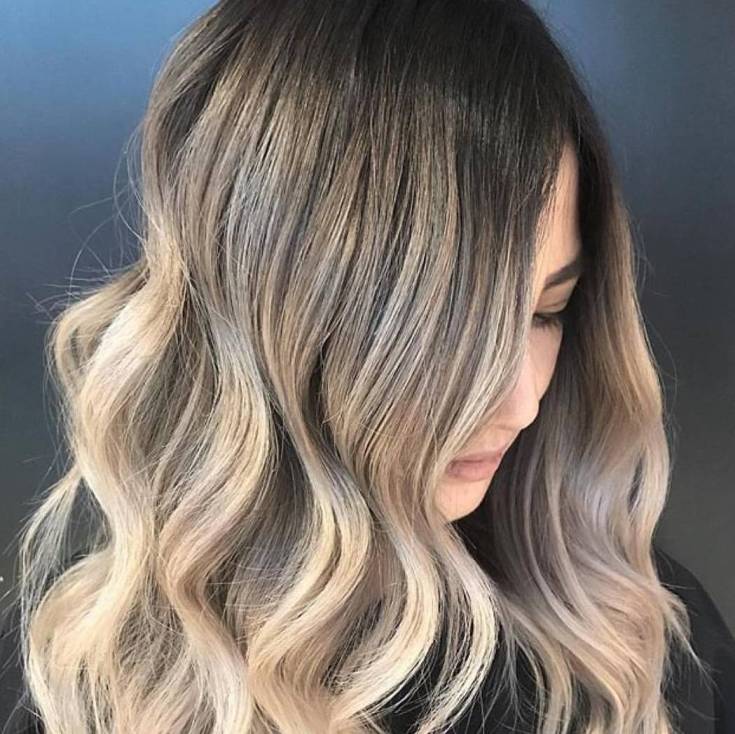

What is the difference between shatush and balayazh: 5 main points
1. When dyeing the shatush, the strands are lightened from the middle of the length. And with balayage - along the entire length.
2. Shatush assumes bouffant. Balayage technique does not provide for this.
3. Balayage requires more frequent correction. Especially if you need to mask gray hair.
4. Shatush is more suitable for brunettes. Whereas balayage is considered a more versatile technique.
5. Shatush is suitable for any hair length. And it is better to do balayazh at least on a square. Balayage is also believed to add more visual volume to the hair. It also looks better on curls.
Which technique is better to choose
When the question arises of choosing the best technique, it is difficult to rely only on their features. Experienced stylists advise women to first sort out their own desires. Due to this, it is possible to immediately discard the inappropriate method, simplifying one's life.
- If you evaluate the possibility of self-staining, balayazh will be an unambiguous solution. Having found the right shades, a woman will be able to create an unrivaled styling, spending a little time. Usually, this approach turns out to be the most important, since a visit to a salon is time and money that a girl is not always ready to spend.
- If we are serious about the duration of the effect, balayazh will again come to the fore. Gradual hair growth does not interfere with the desired result, so you do not have to tint the roots from time to time. Surely this moment will suit business women who simply do not have time to regularly contact a stylist or pick up paint.
- If you think about the effect itself, then you have to rely only on your own desires and the advice of stylists. The standards do not always suit fashionistas. They want to choose something unbeatable, so they resort to bold decisions. As a result, miracles are happening in beauty salons that amaze with a change in appearance.
Really, the shatush will not interest the girls?
Not true, this coloring technique has a fabulous appeal. The work of stylists turns a woman into a fairy tale, revealing her true charms to the men around her.
Yes, it is difficult to achieve the desired effect, but it is worth it, so you should not immediately refuse the offer.


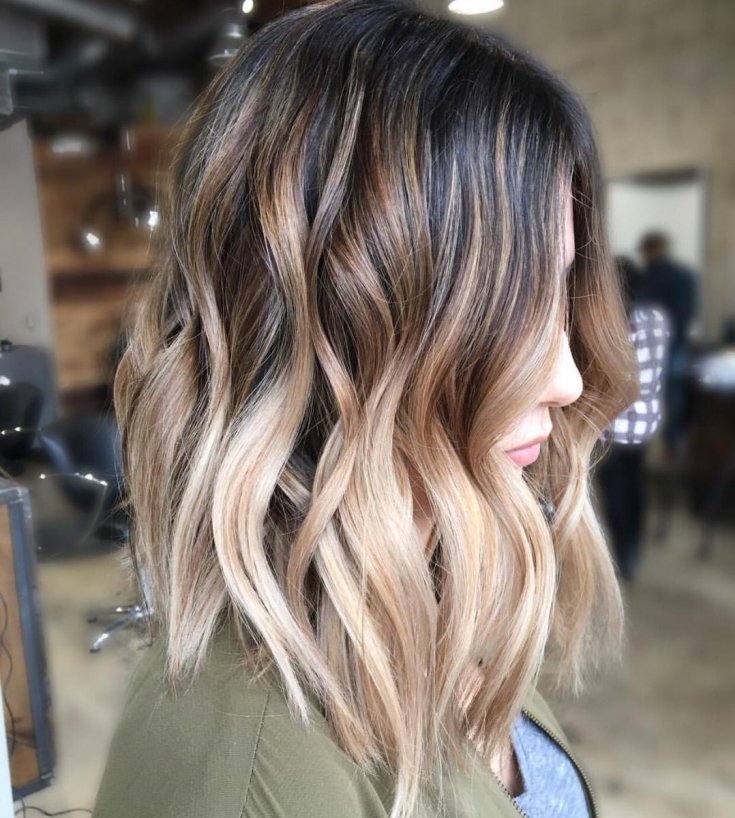
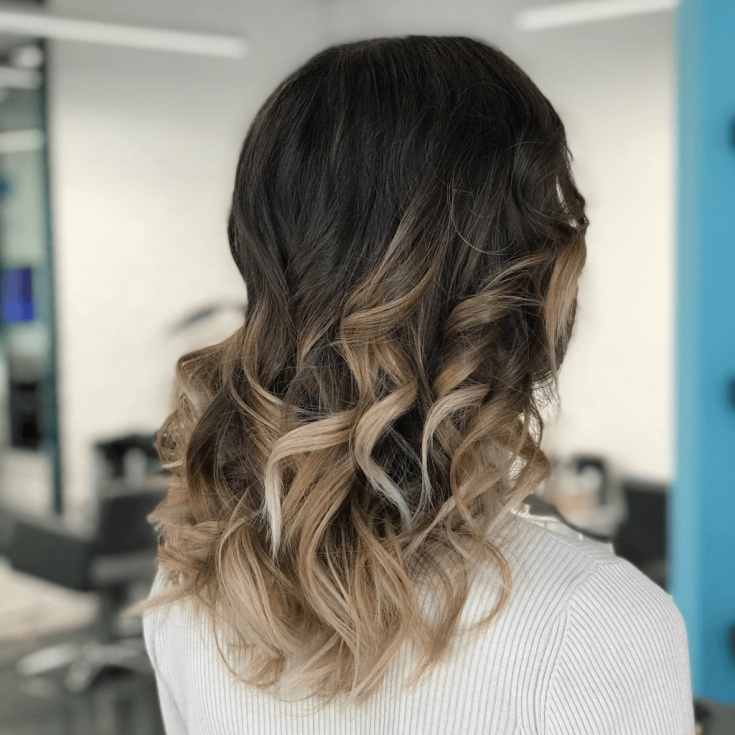
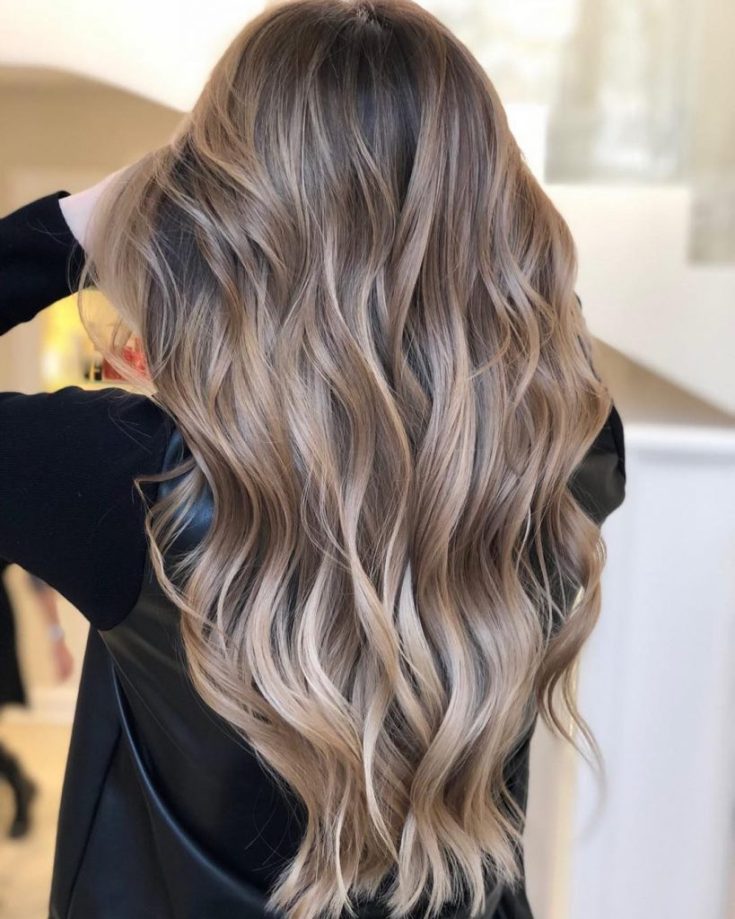
How are they different from other methods?
Bronzing involves creating a color transition in mostly natural shades. It can be of several types: classic, Californian, glare, zonal. The difference from the shatush is that the strands are colored from the very roots.
And this type of coloring differs from balayazh by applying the composition only to separate pre-divided strands.
Highlighting is a classic method of partial lightening of hair. Just as with the use of bronde, the curls are colored from the very roots. While the techniques of shatush and balayage do not affect the hair at the base. Each strand has one shade, there is no transition between colors.
The ombre technique is mainly used on dark hair. In this way, the tone smoothly shifts from dark at the very roots to light at the ends of the strands.At the moment, blondes can do the opposite ombre for themselves, that is, gradually darken the hair color, leaving a light tone at the base. Unlike the methods of coloring shatush and balayazh, ombre assumes uniform application of the composition.
Coloring differs in that the strands do not change shade. Each separated strand is dyed with one color along its entire length. With continuous coloring, all curls are completely repainted in similar shades. The artist can apply up to 12-15 different colors.
What is the best choice?
Each of the above techniques creates a specific visual effect. Therefore, when choosing, you should be guided by the desired hairstyle and the way you want to create. You should also take into account the condition of the hair, its length and the original shade in order to take into account all the nuances of the final result.
Both techniques are best avoided on very short hair. The average length for dyeing should be from the shoulders and below. You can even say that the longer, the more beautiful and spectacular the result will look.
Both dyeing methods can be applied to light, black, dark, light brown hair. But brunettes are in a more advantageous position. If the original shade is blond, the master will resort to darkening the hair at the base.
- Balayage is more expensive.
- If you want to get the effect of the transition of shades along the entire length of the hair, then you need to choose the shatush technique.
- Keep in mind that the shatush does not need correction, but the second technique will require a visit to the master every 2-3 months.
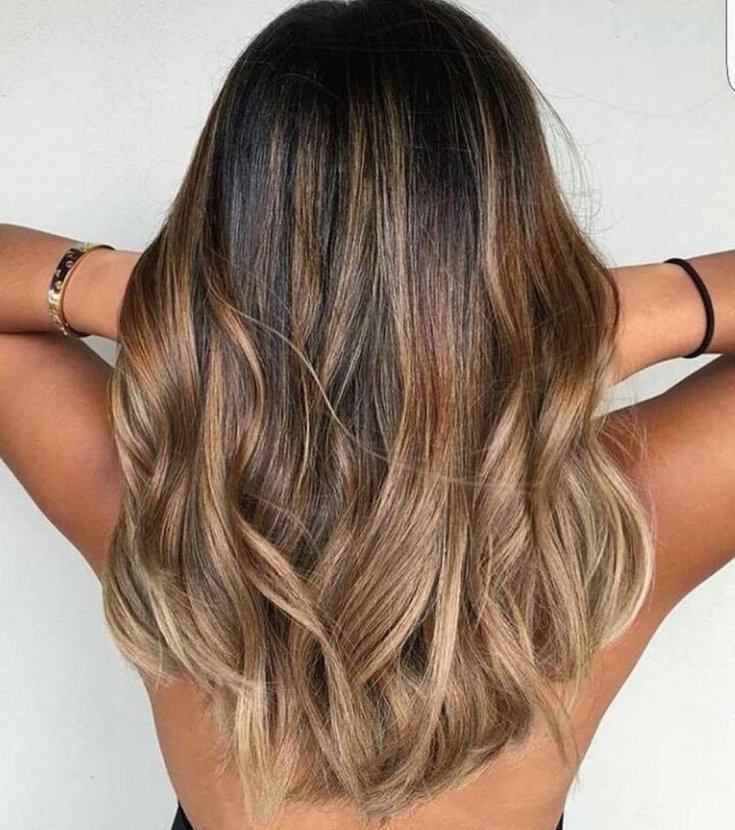
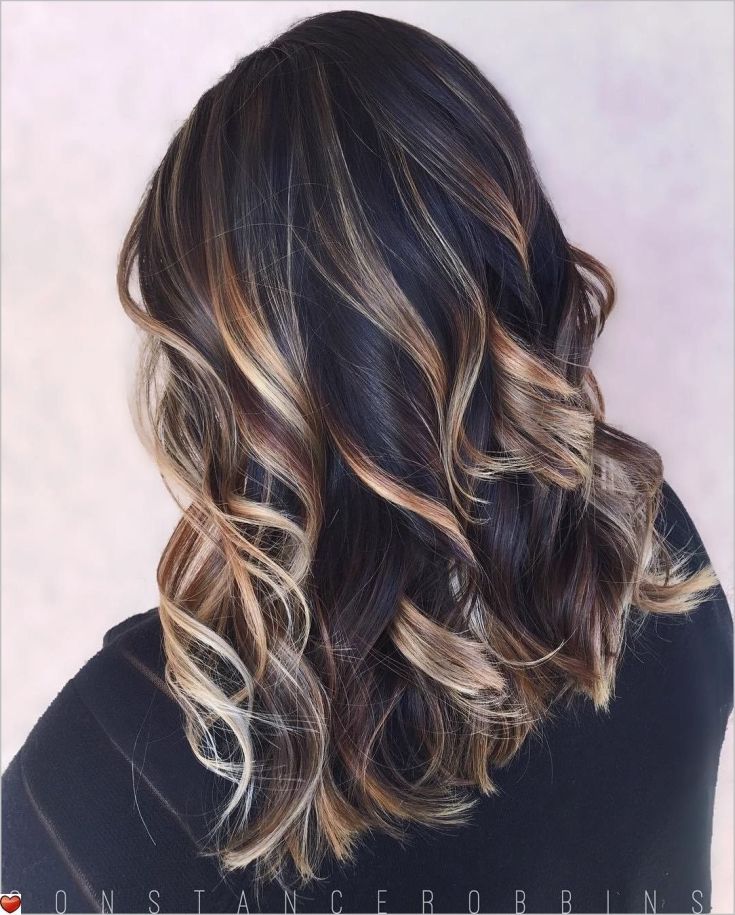

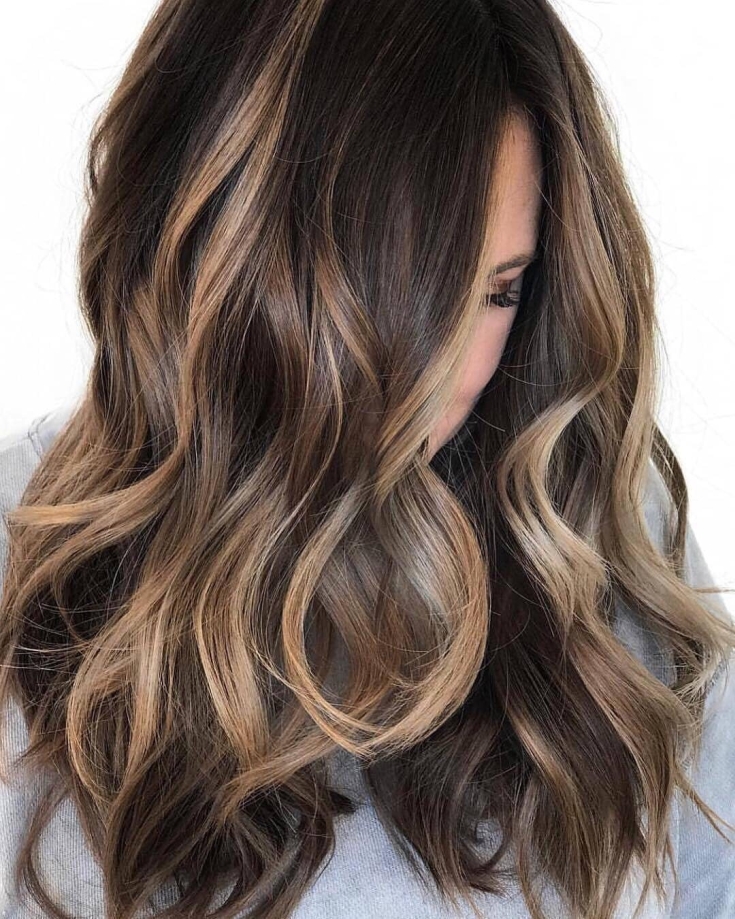
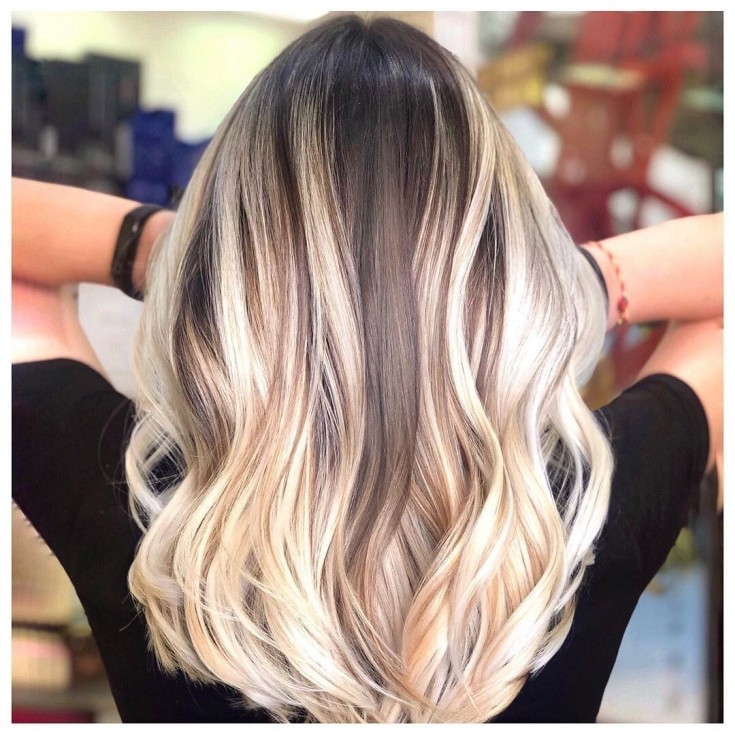
Stylists' reviews of techniques
Turning to the advice of stylists, you will not be able to find the difference in the advice. Both options are widely used in their practice, allowing beauties to give non-standard styling. The main secret of professionals is creativity. A woman only has to indicate what exactly she wants the master to quickly create the desired hairstyle.
In any case, the result should completely suit the beauty, reflecting her best features and leaving unnecessary details of her appearance in the background.
Balayazh or shatush? It is impossible to answer this question. Staining techniques are completely different from each other, so the final choice always directly depends on the girl's desire. Both techniques give the effect of burnt hair.
Although in some cases you still have to pay tribute to economy and your own skills. Because of this, the result does not always coincide with the intended effect, forcing you to go to the salon and transfer your appearance into the hands of a professional.
Who is shatush suitable for?
The best basis for this technique is multilayer haircuts with hair length from the shoulders and below: a cascade, an elongated structured bob, etc. On wavy hair, the shatush looks much more interesting than on straight hair - it unobtrusively emphasizes the bends of the strands and significantly increases the volume of the hair.
- There are no age restrictions - coloring is suitable for both very young girls and ladies of mature age. But older ladies should carefully select shades - some of them only emphasize gray hair and can change the complexion for the worse.
- Ultra-trendy bright toning does not go well with the classic style of clothing and strict hairstyles. Beige shatush can make facial features expressionless, and ashy often adds a few extra years.
- In order not to be mistaken with the choice of color, it is better, at least, to perform the first staining with a professional.
Scheme of execution
At first glance, the shatush staining technique is very simple. But it requires good mastery of the color stretch so that clear boundaries are not created between the lightened and unlightened part of the strand. The procedure is performed according to the following scheme:
- The hair is divided into zones and secured with clips.
- Starting from the back of the head, a small strand stands out and combed at the base.
- Having retreated 2-5 cm from the roots, a brightening composition or paint is applied with a slight movement.
- This is how strands are processed in a chaotic manner all over the head.
- The paint is kept for the right time and washed off.
- The method is very convenient in that at any time you can control the degree of hair lightening. The main difficulty is to quickly paint over all the strands and arrange them beautifully.
Who is balayazh suitable for?
Balayage requires length. And the larger it is, the more beautiful the result will be. But it is always more difficult to work with long hair than with short hair, so it is not worth doing balayage at home. It is better to immediately go to the salon so as not to burn your hair and not get a pathetic tow instead of a fashionable hairstyle.
- Balayazh is appropriate at any age. It perfectly refreshes, rejuvenates and at the same time does not look extravagant. Due to the fact that it creates a horizontal separation between the dark and light areas, the round face of the balayage can be made even wider. In this case, the smooth transition zone should be below the neck level.
- An experienced master can make a beautiful balayage even for brunettes, but the hair will have to be lightened in the lower part, and then toned.
- If the ends are badly damaged during lightening, then it is better to cut them or at least heal, otherwise the hairstyle will look sloppy.
Execution technique
What is the difference between coloring shatush and balayazh? This is the indentation from the roots and the obligatory combing down of the paint when balayage. Thus, a high density of coloring of the tips and a saturation of light colors are achieved. If you don't comb your hair, you will get bronding instead of balayage.
The rest of the techniques are very similar:
- After combing, the hair is also divided into zones.
- In the selected area, paint is applied layer by layer to the lower part of the strands.
- After processing the entire head, it is kept for 15-20 minutes.
- The paint is combed from top to bottom to the ends with a wide comb.
- After another 10 minutes, the composition can be completely washed off and the procedure completed.
Important! With this dyeing, the ends of the hair suffer more than with shatush, so they need additional care - spray or oil.
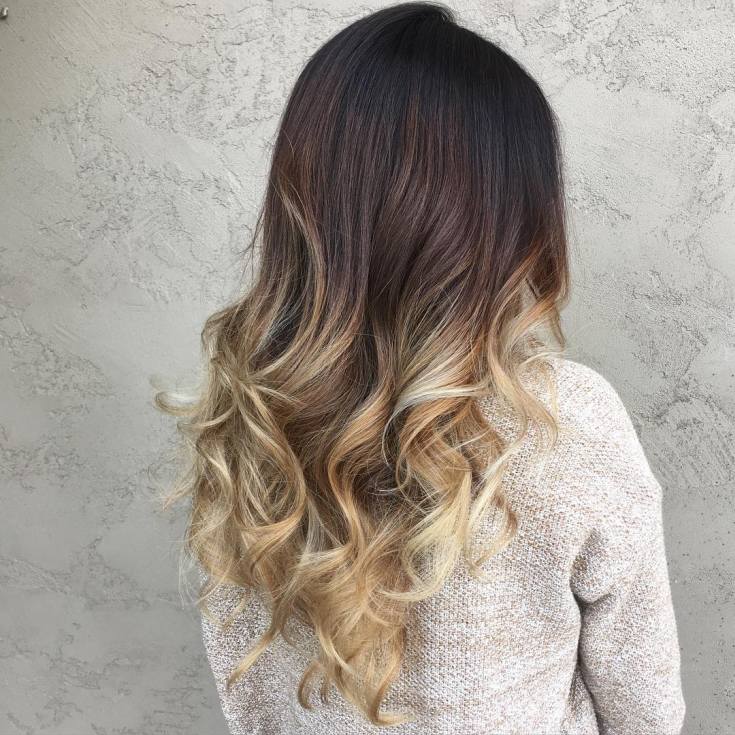
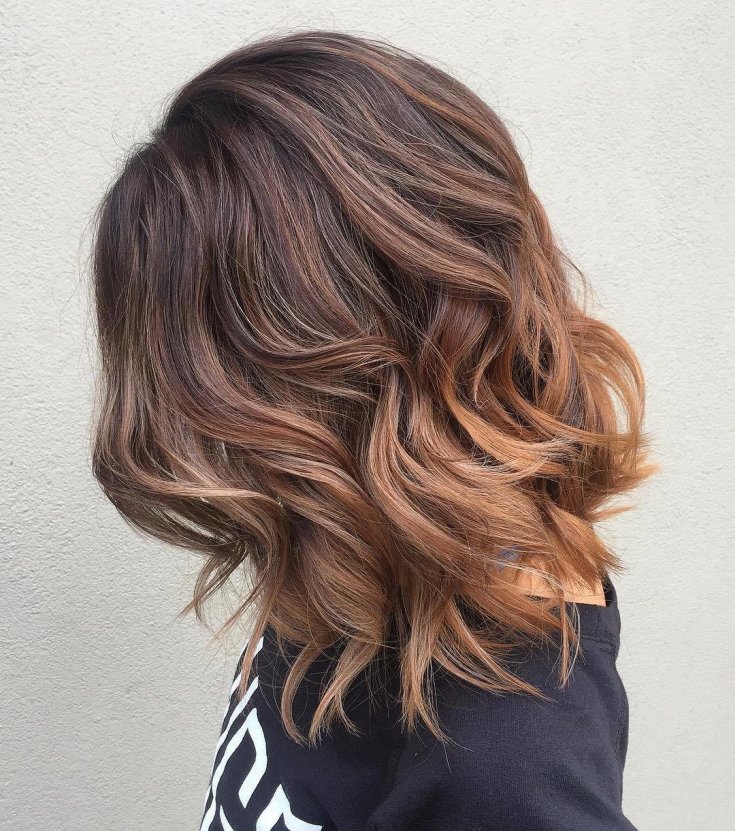
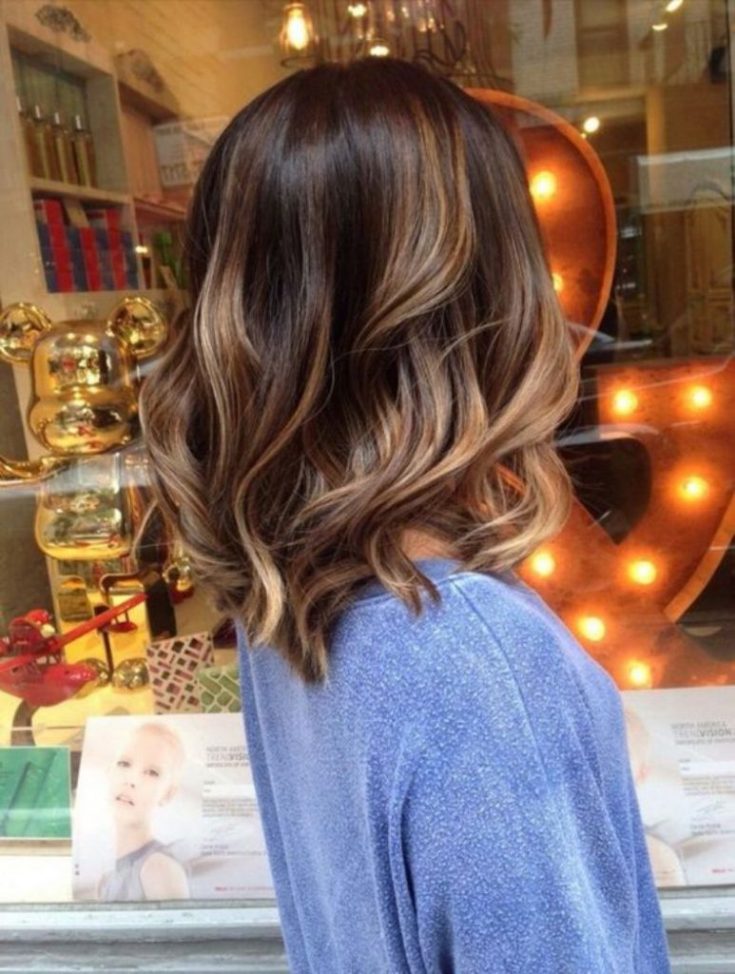
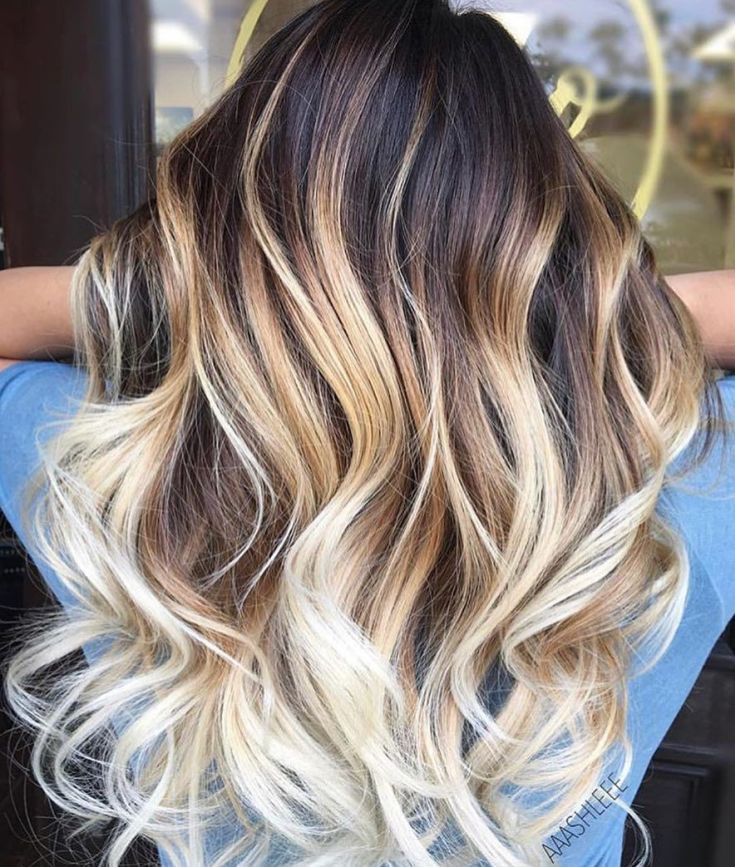
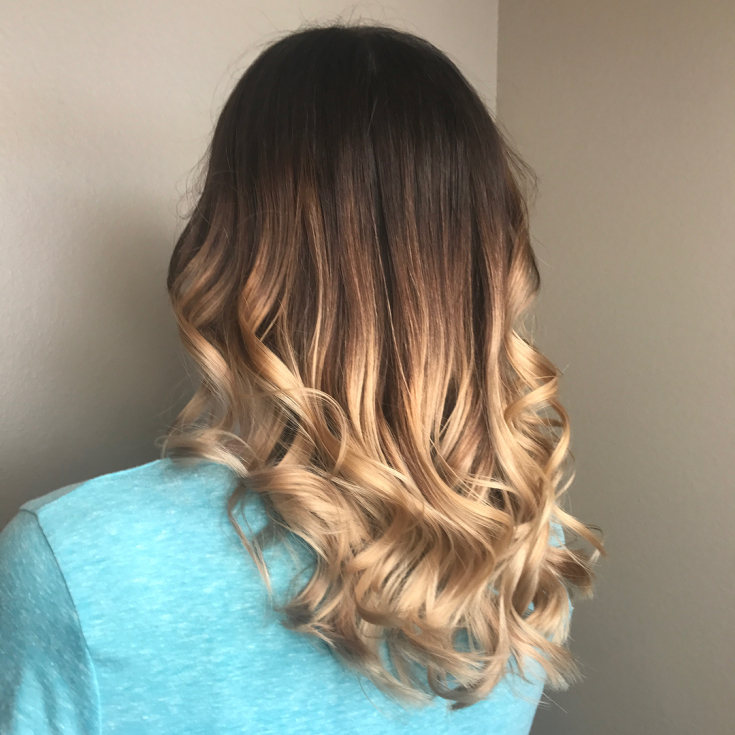
Paint colors used for shatusha on different types of hair
- For brown-haired women, colors are used: coffee with milk, sand, nut, honey, dark copper, bronze.
- For brunettes, colors are used: wet asphalt, coffee with milk, dark chocolate, dark eggplant, dark cherry, platinum-ash, graphite.
- For blonde women colors are used: ashy, blond, pearl, milky pearl, ripe wheat, golden.
Shatush is very difficult to apply for such categories of clients:
- Women with abundant gray hair - strands dyed even in a light color will stand out strongly against the background of a large number of white hairs.
- Women with very short hairwearing boyish haircuts, bob, bob, shoulder length hairstyles. In this case, the length of the canvas is simply not enough for the transition from dark to light to be natural and smooth.
- Red-haired girls - on such a head of hair the shatush looks indistinct and not natural.
- Women with golden strands... In this case, to refresh the image, it is better to choose a Californian highlight.
The effect of the shatush technique is very similar to the effect of other similar techniques, the purpose of which is to create a contrast between darker roots and lighter tips. It is even difficult for a non-professional to assess the difference between a shatush, and, for example, highlighting or ombre. At the same time, there are differences, and fundamental ones:
- Shatush differs from highlighting the fact that the transition between colored and uncolored strands is invisible. When highlighting, light curls are clearly visible against the background of darker ones, and we are not talking about any naturalness in the image.
- Shatush differs from ombre also a smoother transition of colors and the absence of clear boundaries of the graduation.
Balayage is something between highlights and ombre. The boundaries of the color transition are clearer than in the shatush technique, but the effect of the strands burnt out in the sun is still preserved.
Advantages and disadvantages
Shatusha pluses:
- The most natural look, no one will guess that the hair is dyed in accordance with the latest trends in naturalness and simplicity in the image. Shatush can be compared to nude makeup, which emphasizes the benefits, but is almost invisible from the outside.
- Saving time. The process of performing the shatush will take a maximum of several hours. But after that, you can forget about visiting the hairdresser for 3-4 months, since the roots grow back imperceptibly, the hair does not seem unkempt in a month. The burnt-out effect stays on for a long time thanks to the use of permanent, washable paint.
- Sparing effect on hair follicles, preserving the beauty and health of hair shafts. The paint is not applied to the root zone, does not harm the follicles and scalp, thanks to this, the hairs do not begin to fall out, their natural shine is preserved.
- Extra volume for thin and runny curls. The combination of different shades of strands allows you to get an additional visual effect of volume, splendor of the hair.
- Extra shine for loose and dull curls. Shatush gives liveliness and brightness to the hairstyle.
- Disguise flaws and emphasize the dignity of appearance. Dark strands at eye level accentuate color and depth. Longer blonde curls rejuvenate the look. And the combination of dark and light colors distracts attention from such aesthetic defects as wrinkles or double chin.
Cons of shatusha:
- Shatush is not used if the curls are too short, gray, bright red.
- If you create a strong contrast between the roots and tips, having chosen the wrong shade of paint, you will not get an imperceptible coloring using the shatush technique.
- The technique is not recommended to be used independently at home, even after watching training videos.
- The technique is not recommended to be used independently at home, even after watching training videos.
- The services of a qualified master who owns the shatush technique can cost a lot.


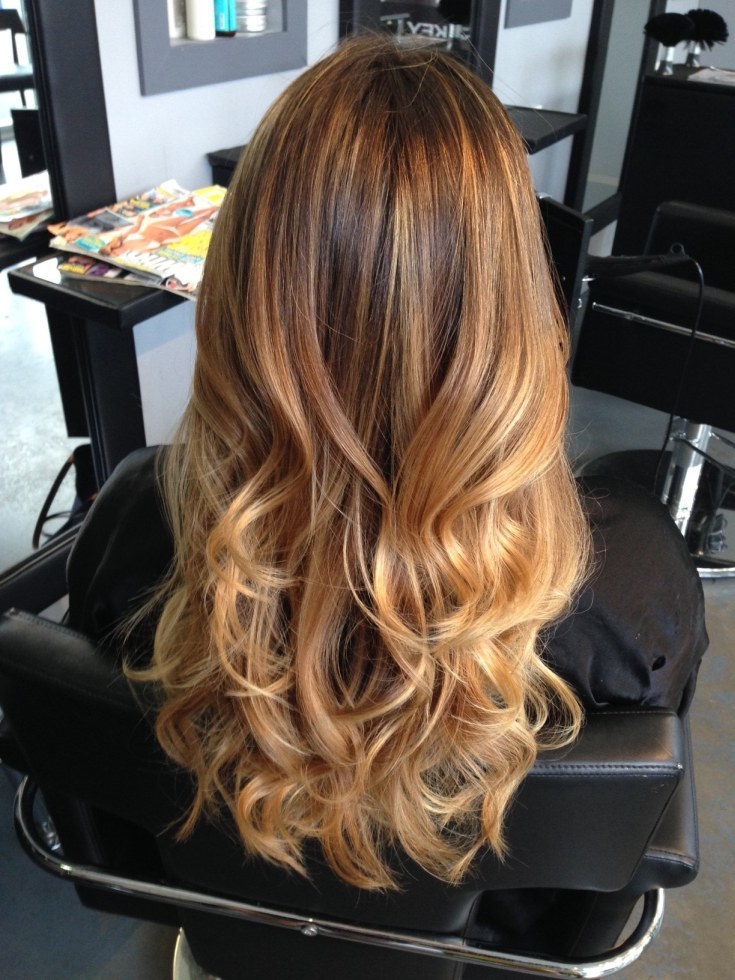

Balayazh pluses:
- Gentle staining, roots are not affected, foil is not applied.
- Natural result, the effect of hair burnt out under the sun's rays.
- Additional volume and shine of the strands.
- Drawing attention to the virtues of appearance.
- Refreshing and renewing even the most ordinary haircut.
- The ability to use balayage on fairly short hair.
- Persistent, long-lasting effect, no need to tint the roots every 1-1.5 months (+ reduction in financial costs for exterior care).
Cons of balayage:
- Inability to apply the balayage technique on completely gray or red hair.
- The high cost of the procedure in the salon and the impossibility of performing balayage at home on your own.
- Quite a sharp transition between light and dark shades. Due to this feature, balayage may not be suitable for girls who prefer less contrast in the image.
Video: What is the difference between Shatush, Balayazh, etc.
Daria Kislova
Conclusion
Shatush and balayazh differ little from each other. If you need to give the strands the most natural look and at the same time get volume and diversify the image, you need to choose shatush. If you want more contrast, bright yet natural accents in your haircut, try balayage. Imagine a brown background with light vertical stripes painted on it.
In the case of a shatush, there will be a lot of them, they will be quite thin and shaded with an eraser. In the case of balayage, the stripes will be thicker, more voluminous and clear.

